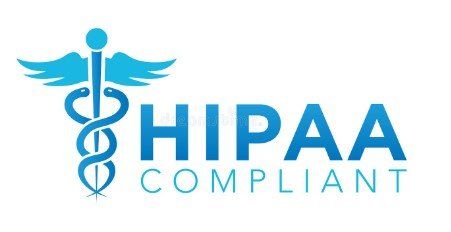The Concept of Stop Loss
Health care benefits are a vital part of the compensation package of most businesses. However, rising medical costs have forced employers to consider alternatives, one of which is self-insurance. Until 1974, self-funded plans were obstructed by restrictive state laws which required employers to become licensed as insurers when they funded their own employee benefit plans. Passage of the Employee Retirement Income Security Act (ERISA) removed those barriers and self-funding became one of the fastest growing areas in the employee benefit industry. Today, more than 70% of U.S. businesses are self-funding their employee health benefits.
A self-insured plan is attractive, but also includes an element of risk to an employer. In order to provide an extra measure of financial protection against catastrophic claims, most self-funded employers elect to purchase Stop Loss insurance (also known as Excess Loss or Excess Risk insurance).
The two forms of Stop Loss insurance are:
Specific Stop Loss:
This provides the employer with protection against excessive claims incurred by individuals. Under Specific Stop Loss, a Specific Deductible appropriate for the employer is determined. The Specific Deductible is the dollar figure below which the employer is totally responsible for the payment of employee claims during the policy year. Eligible claims in excess of the Specific Deductible are the liability of the Stop Loss insurance carrier.
Aggregate Stop Loss:
This provides the employer with protection when a high number of claims are incurred by the group as a whole. (Claims up to the Specific Deductible are applicable to the Aggregate.) Under Aggregate Stop Loss, an Aggregate Attachment Point is determined. The Aggregate Attachment Point is an annual dollar figure which the employer is totally responsible for payment of claims during the policy year. If claims exceed the annual Aggregate Attachment Point, Aggregate Stop Loss will reimburse the employer for the excess amount. The Aggregate Attachment Point is calculated by estimating future expected claims and adding a risk corridor for unexpected claims.

